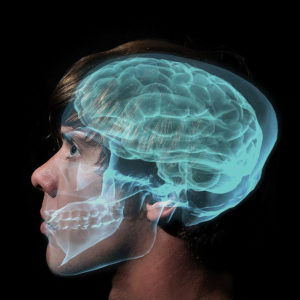 Currently, I have two cases in my practice that prove that sometimes adolescents struggle even when they come from loving and safe families. It’s not always the case that kids who present with difficulties or do a self-destructive behavior live in families that are neglectful or abusive. Sometimes, the things that influence these destructive behaviors are connected to peer pressure, cyber-bullying and most importantly, the adolescent brain, that is developmentally wired for pleasure seeking, risk-taking, impulsivity, and aggression. In both of my clinical cases, the parents are emotionally available and stable, deeply caring, communicate appropriately and effectively, and have spent a lot of time instilling core values of integrity, ethics, and honesty. They have worked hard to create secure attachments, and they sent their kids off to college with a toolbox full of healthy coping strategies. Yet in both cases, their kids made choices that were unsafe, inappropriate, and loaded with serious consequences. Even when parents do the very best they can, the adolescent brain, particularly one left to its own devices, can create vulnerabilities and problems for the most “together” teenager.
Currently, I have two cases in my practice that prove that sometimes adolescents struggle even when they come from loving and safe families. It’s not always the case that kids who present with difficulties or do a self-destructive behavior live in families that are neglectful or abusive. Sometimes, the things that influence these destructive behaviors are connected to peer pressure, cyber-bullying and most importantly, the adolescent brain, that is developmentally wired for pleasure seeking, risk-taking, impulsivity, and aggression. In both of my clinical cases, the parents are emotionally available and stable, deeply caring, communicate appropriately and effectively, and have spent a lot of time instilling core values of integrity, ethics, and honesty. They have worked hard to create secure attachments, and they sent their kids off to college with a toolbox full of healthy coping strategies. Yet in both cases, their kids made choices that were unsafe, inappropriate, and loaded with serious consequences. Even when parents do the very best they can, the adolescent brain, particularly one left to its own devices, can create vulnerabilities and problems for the most “together” teenager.
It’s useful to remember as parents and clinicians that the adolescent brain is not fully developed until the age of 26. And until that time, it is truly different from an adult brain. This means that the way teenagers perceive of themselves and the world, express their thoughts and feelings, analyze, apply reason, and make sense out of their experiences will often not make sense to adults. Teenagers literally see the world through a different lens and don’t yet have a developed enough pre-frontal cortex, which is the front-most part of the brain and the last part to develop. Since their pre-frontal cortex is not fully formed, it cannot do the sophisticated “cause and effect” and abstract reasoning that grown ups can do. Therefore, decisions are made in the present moment, often impulsively and black or white. Or they are rooted in a desire to get immediate gratification or peer acceptance. In those cases, the need for pleasure or peer approval will trump “common sense” or the positive core values they inherited from parents. Many teenagers don’t think about the long-term consequences of their actions and are genuinely surprised when their choices have a serious reverberating impact. Their decisions are strongly influenced by the environment, emotions, rewards, and novel experiences, rather than “common sense” or good judgment.
To make things even more complicated, the vulnerabilities of an adolescent brain often combine with the developmental milestone of needing to individuate from parents or authority figures. Not only do you have teenagers who are making poor decisions, they honestly believe they no longer need parental input or guidance. When they question their options or feel stuck, they tend to turn to other teenagers rather than an adult. You can imagine the impact of one impulsive, pleasure seeking adolescent brain attempting to guide another adolescent brain! Despite the pushback that parents and therapists might experience, adolescents clearly need the wisdom and input of adults. Our challenge, then, is to impart that wisdom in ways that honor the teenager’s need for separation and independence while still remaining a firm, active, and patience presence in that teenager’s life. When adolescents say, “I don’t need anybody,” don’t believe it. Underneath their bravado are scared kids who cannot be expected to figure life out alone. Their brains are literally not yet equipped to do that.
Tell us about your experiences with the “adolescent brain.”
For more articles on adolescents, read: Off to College a Lesson in Attachment

